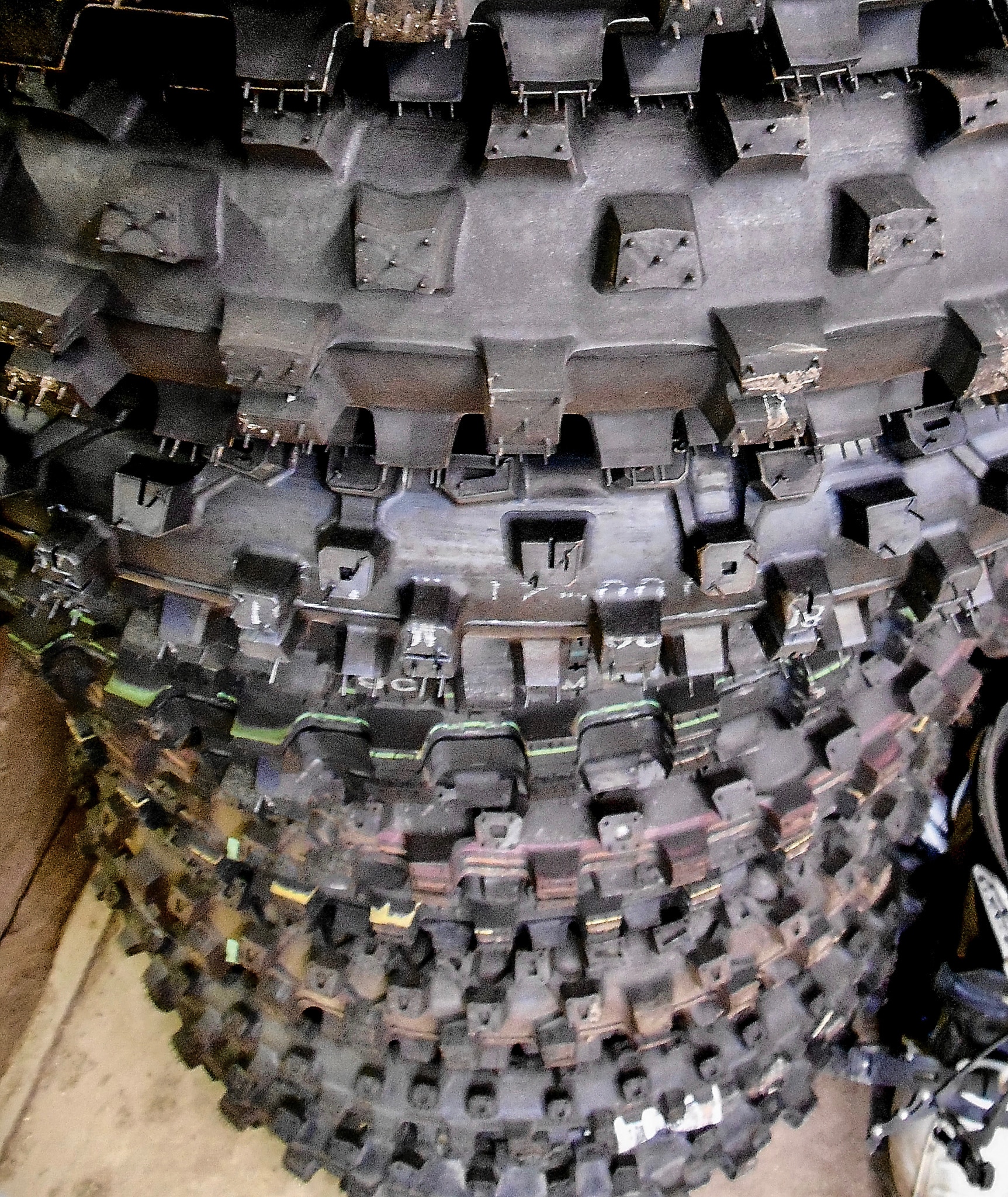ASK THE MXPERTS: WHAT’S BETTER? A 110 OR A 120 REAR TIRE?

IS 110 BETTER THAN 120?
Dear MXperts,
I own a 2021 Honda CRF450. I currently run 120/19 rear tires. I saw on TV that some Supercross racers had switched back to 110/19 tires because they can feel the difference in the corners. What size rear tire does MXA prefer?
First, you need to know that the width numbers on rear tires are not accurate nor comparable, which defeats the purpose of sizing them. For example, some tire widths are measured from shoulder block to shoulder block, while other brands measure width at the tire’s carcass. So, unfortunately, this is an inexact science, because it depends on how the tire manufacturer chooses to make this measurement. Thus, most 120 rear tires are not true 120s. There are 120 rear tires that are narrow and ones that are wide. And, one tire company’s 120 may be smaller than a competitor’s 110. As a rule of thumb, as long as you stay within the same brand and model of tire, a 120 will probably be bigger than a 110. But, if you switch from a Dunlop 110 to a Michelin, Maxxis, Pirelli, Hoosier, Bridgestone or Kenda 120, all bets are off.
A slight majority of MXA test rider prefers to run a 110 rear tire. Why? A 120 rear tire makes a poor-handling bike feel even poorer. Most MXA test riders think that the 120s are harder to roll over in turns and make the bike stand up more in ruts. The larger 120 carcass tends to make the cross-section of the tire less round and a little squarish. The 120 also has a tendency, when entering corners at low rpm, to push the front tire on flat ground. However, if your focus is on starts, the larger footprint of a 120 translates into more traction in a straight line. However, on the bikes that come stock with 120 rears, most of MXA’s Vet test riders almost always return to a 110 rear, giving up the improved straight-line traction of 120 rear tires for the 110’s improved cornering, roll-over smoothness and better control in ruts.





Comments are closed.